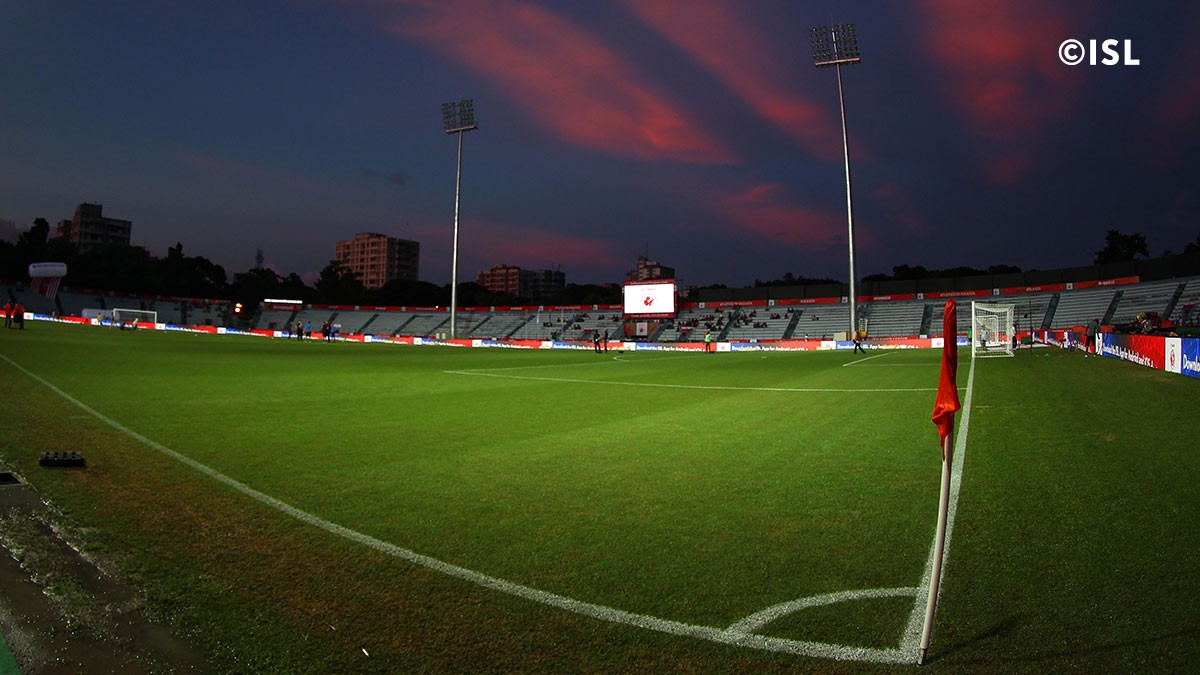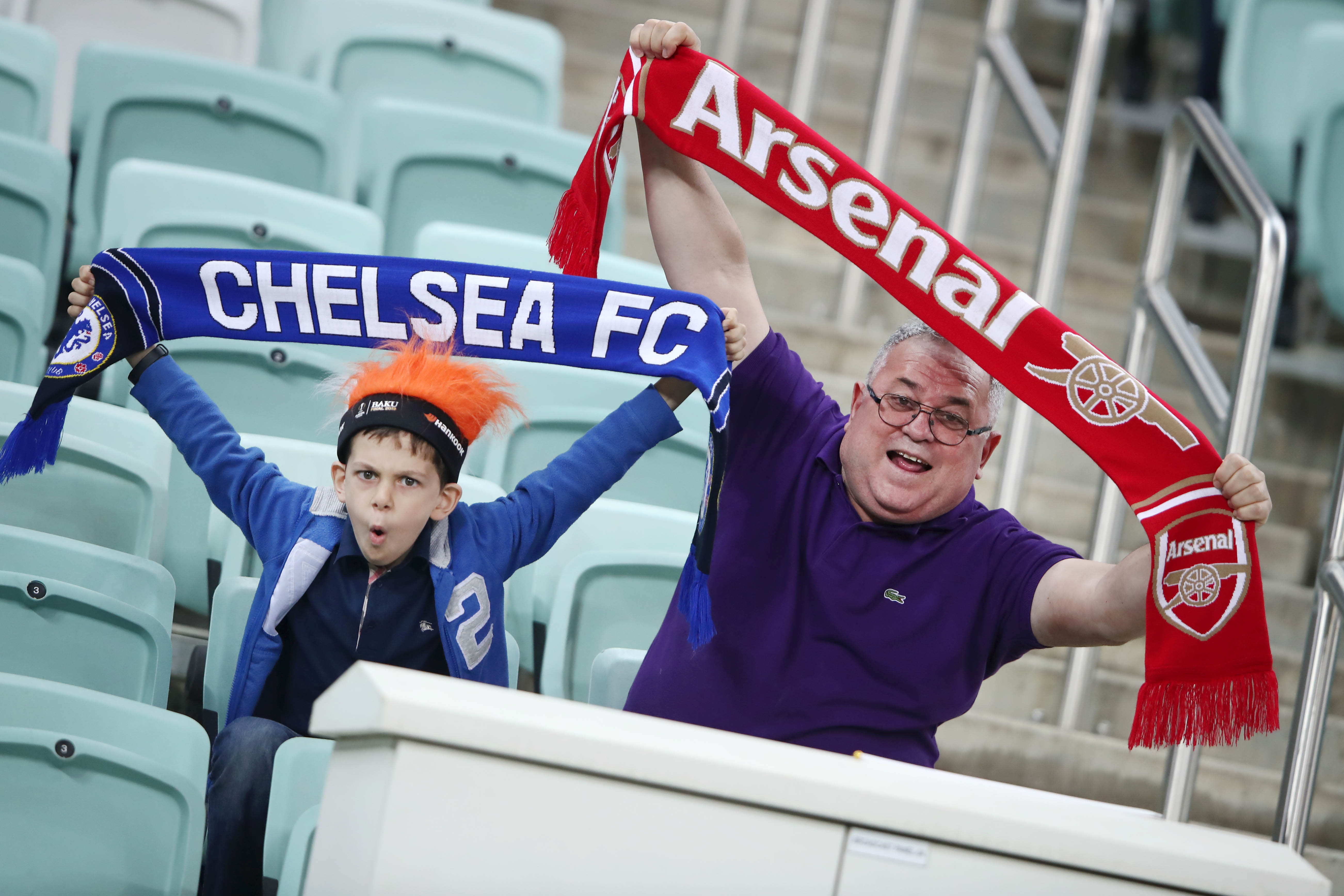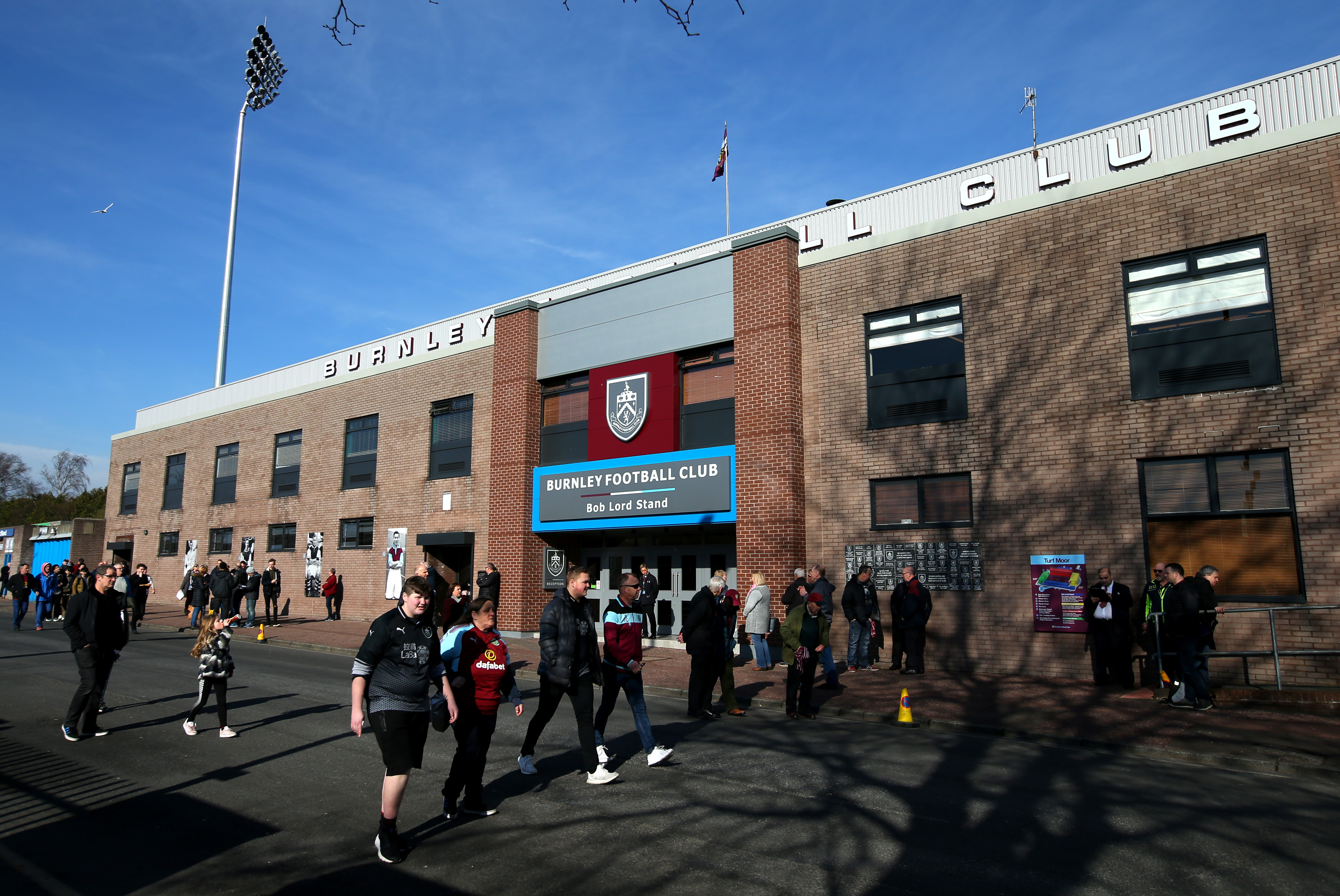Bright fireworks, reverberating music and a massive crowd cheering their hearts out, when the Indian Super League began it’s journey from India’s Mecca of Football Kolkata itself, the promise and the expectations around it were immense. On it’s inaugural night the League witnessed a packed Salt Lake Stadium with a 65,000 strong crowd and it didn’t stop there, the crowds continued to flock venues around the country to cheer on their sides. The most discussed topic among football fanatics and neutrals alike, The Indian Super League was off to a flying start, generating a huge media buzz. The social networks were flooded with discussions and search hits, with it’s opening week getting a cumulative viewership rating of about 170.6 million, second only to the Indian Premier League.
Two years down the line and a couple of weeks into season three, there has been a massive downfall in the League’s viewership, with even the stadium attendance, an almost constant in the first two seasons, going down significantly thus raising the question whether the Indian Super League is slowly fizzling out.
The Loss of a Novelty Factor
When the ISL was first conceptualized along the lines of a highly successful Indian Premier League, it was lauded as the next big thing in Indian Sport, a proper platform to market Football and turn people’s heads more towards it. The fact that big names in the country like Ranbir Kapoor, Sachin Tendulkar , Sourav Ganguly etc. wanted to be a part of it,was a key component behind propelling the league forward and drawing audiences. Initially the very thought of getting to see the likes of world renowned stars like Nicolas Anelka,David Trezeguet, Robert Pires, Luis Garcia upfront was like a dream come true for Indian audiences, a force big enough to grab people’s attention and a major factor behind the numbers and ratings in season one. Season two, brought in the likes of World Cup winner Roberto Carlos, Lucio and even Helder Postiga and Florent Malouda, names still big enough to draw crowds to stadiums and keep them glued to their TV screens.

But that novelty factor of watching World Stars up close and personal seems to have lost it’s way as we progress into season three, with an evident lack of names familiar with the general audiences in the country. “Roberto Carlos, Ohh yes the Brazilian World Cup winner” people answer when you ask them about the former Delhi Dynamos marquee, ask them about the present Kerala Blasters marquee Aaron Hughes and almost 90% of the time, people will fail to recognize him at all. It’s not to the discredit of Hughes who even as recently as June was a part of the Northern Ireland squad for the European Championships in France, it’s because the Indian audience at large who watch these matches are more so attracted by bigger star names from big European and South American nations they can associate and recognize easily.
An Ageing League
When first formulated, the League with it’s big internationally experienced coaches and managers and Star Players was regarded as the key factor in exposing the Indian players to better techniques and tactical sides of the game, thus helping them improve the quality of the game in India. But the promise hasn’t completely lived up to it’s billing. Yes, the Indian players have gotten far more exposure and even praised by the coaches, some even getting the opportunities of trials and stints in clubs in Europe and South America, but the quality of the overall game hasn’t improved that much. The game is still an error prone,slow paced one, filled with long balls and side passes with only glimpses of a fast paced counter attack that could have been the focal point. Firstly most the international signings haven’t been able to adjust to the hot and humid climatic conditions and the marquees, most of them in their late thirties or early forties, are massively injury prone, leading them to miss big chunks of the season. The league has somewhat been like a home to the ageing and retiring stars of years gone by, who are evidently way past their prime and only add to the glory associated with the league. The young and bright talents that the League did bring forward on an international scale, don’t want to look back once they are gone. Take Chennaiyin FC’s Steven Mendonza for example, the pacy Colombian forward, who can also play down the wing, was the key figure behind the side’s title triumph last year bagging the winning goal in the final. He now plays with the likes of Frank Lampard, David Villa and Andrea Pirlo for New York City FC in the MLS in the USA, with no intention of returning back to India.

On the verge of reaching it’s Saturation Point
The drop in the viewership ratings and the stadium attendances in places is quite evident in the league. Apart from Kerala down south-where the attendance has been a constant with an average of 50,000 and the North East,the average attendance figures have taken a toll in all the other venues. Take the first Champions Atletico de Kolkata’s situation as an example. They have shifted their base from the Salt Lake Stadium to the Rabindra Sarobar Stadium down in the south of the city due to the Salt Lake Stadium being under renovations and work for the FIFA U17 World Cup next year. While a 50,000 plus crowd was almost a given at the Salt Lake Stadium,the club has failed to fill even the 15,000 capacity in it’s new ground, and there are plenty of factors that come into play for it. The shift has caused travel problems for some fans and the new stadium lacks the atmosphere that Salt Lake Stadium used to generate with the lack of fireworks or even music being played-all a key components of a matchday package, adding to the cause.

This fall in interest is not only confined to Kolkata, there has been an overall drop in hype and excitement surrounding the league all over the country, from even before the tournament began, the excitement that preceded the start of a new season, something that was present even till last year,was absent this time around,all of which hint towards the league gradually reaching a saturation point. The NorthEast United – Delhi Dynamos FC match in the capital last year was well attended with the attendance around 25,000. This year in contrast the match saw around 12,000 to 15000 people – a massive drop from last season
The tournament initiative was a right one, and it did plant India in the world football map with good grassroots programs and average attendances bettering even some of the top European leagues, but it now fears of fizzling out slowly with little or no improvement in the overall quality of the game and with the long talked about merger between the Indian Super League and the I League now looming large on the horizon and we could very well be seeing the ISL in it’s present format for a final time. Although nothing is concrete, the merger would prove to be the biggest challenge that ISL would face. The season still has a long way to go and this ISL could very well be the one everyone enjoyed so much on it’s debut, all it requires now are better quality performances for the fans to get their “Let’s Football” cries going again.





